Trampolines have come a long way from being just a source of backyard fun for kids. Today, they cater to various needs, including adult workouts.
In addition to traditional adult and Kids trampolines, there's a specialized category gaining popularity – the fitness trampoline.
In this guide, we'll delve into the distinctions between these trampoline types, ensuring you make an informed decision based on your specific requirements.
Difference Between Adult and Kids Trampoline
1. Size Matters:
Adult Trampolines: Larger in diameter, typically ranging from 10 to 16 feet, offering ample space for adults to bounce comfortably.
Kids Trampolines: Compact, ranging from 4 to 8 feet, designed to suit the limited space and lower height requirements of Kids.
Fitness Trampolines: Also known as rebounders, these are smaller in diameter, often between 36 to 48 inches, crafted specifically for adult fitness routines.
2. Weight Capacity Considerations:
Adult Trampolines: Higher weight capacities, ranging from 200 to 450 pounds, accommodating the greater weight of adults.
Kids Trampolines: Lower weight capacities, typically ranging from 50 to 150 pounds, suitable for the lighter weight of Kids.
Fitness Trampolines: Sturdy frames with weight capacities ranging from 200 to 300 pounds, supporting the demands of adult fitness routines.
3. Safety Features for All Ages:
Adult Trampolines: Robust safety features, including reinforced frames, high-quality springs, and taller enclosures, designed to withstand the impact and forces exerted by adults.
Kids Trampolines: Tailored safety features such as lower enclosure heights, padded frames, and net enclosures to ensure the safety of Kids.
Fitness Trampolines: Features like adjustable handlebars, non-slip surfaces, and easy storage options, catering specifically to adult fitness needs.
4. Frame Construction and Material Quality:
Adult Trampolines: Sturdy and heavier frames for stability and durability, supporting the increased weight of adults.
Kids Trampolines: Lighter frames suitable for the smaller stature and weight of Kids, making them easy to handle.
Fitness Trampolines: Emphasis on stability and durability despite their smaller size, using high-quality materials for adult fitness routines.
5. Spring Tension for Bounce Dynamics:
Adult Trampolines: Higher-tension springs for a dynamic and responsive bounce suitable for adults.
Kids Trampolines: Lower-tension springs for a gentler bounce suitable for Kids.
Fitness Trampolines: Utilize elastic bands or bungee cords for a controlled and low-impact bounce, catering to adult fitness routines.
Whether you're looking for family fun, a safe play area for Kids, or a dynamic fitness tool for yourself, understanding the distinctions between adult, Kids, and fitness trampolines is crucial.
Choose the trampoline that aligns with your specific needs, ensuring a safe and enjoyable experience for every bounce.

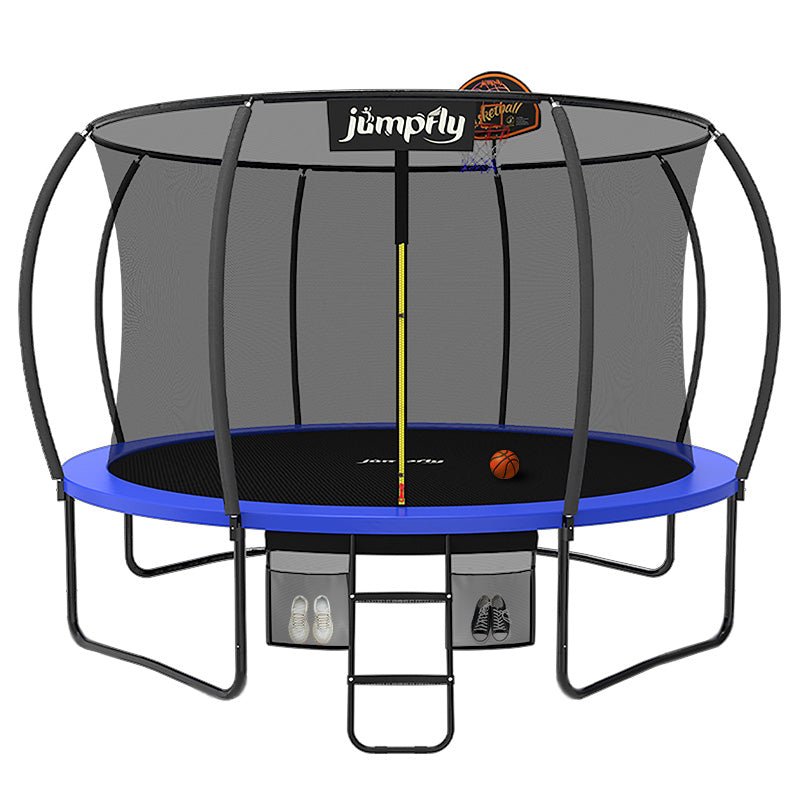
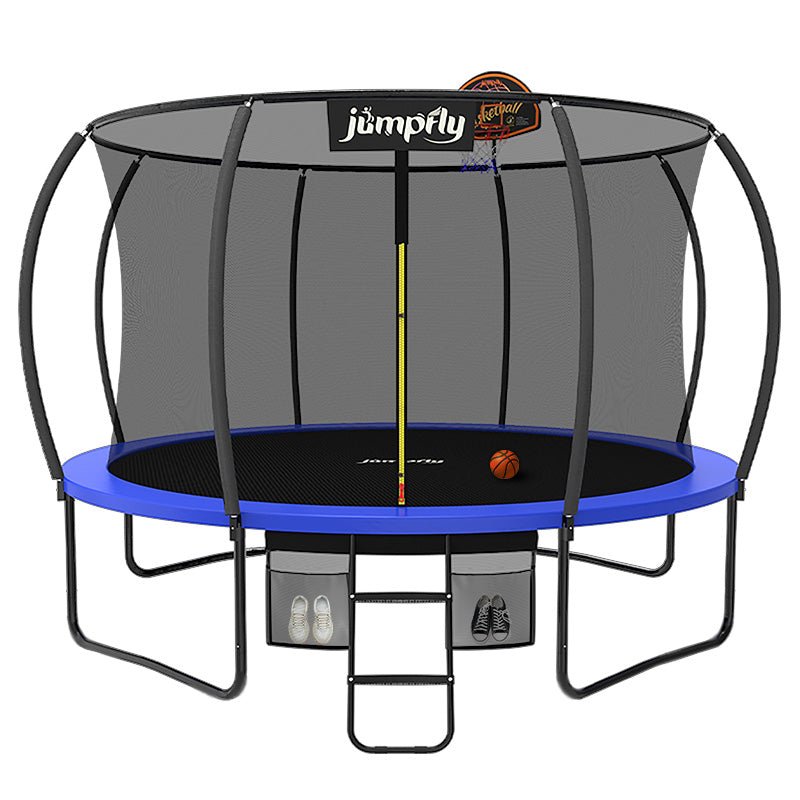
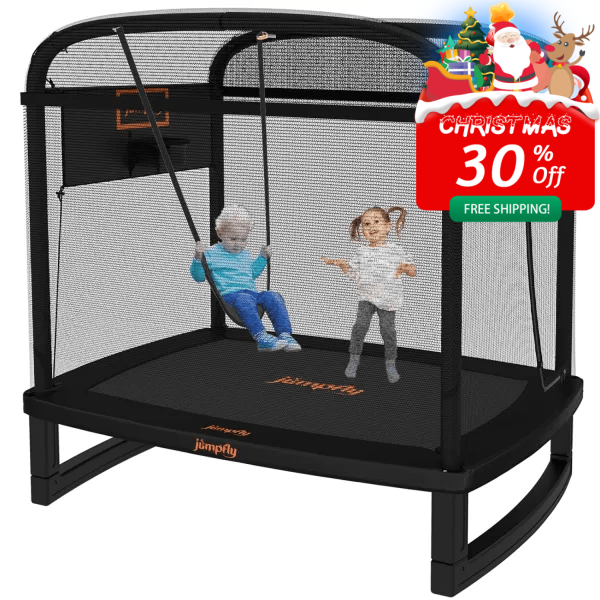
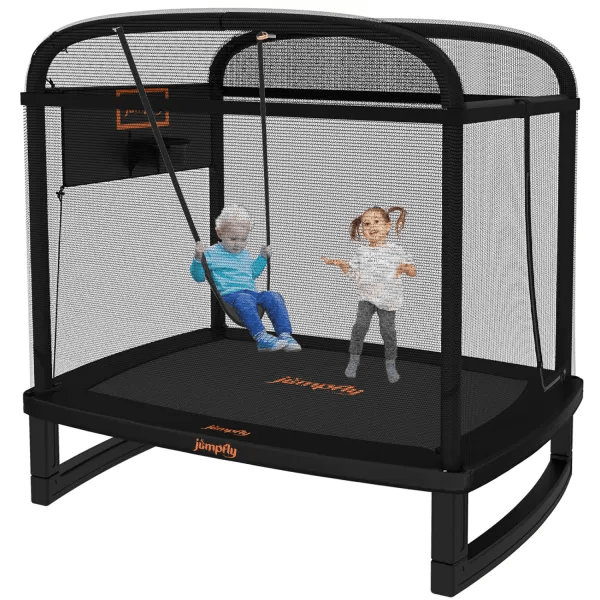
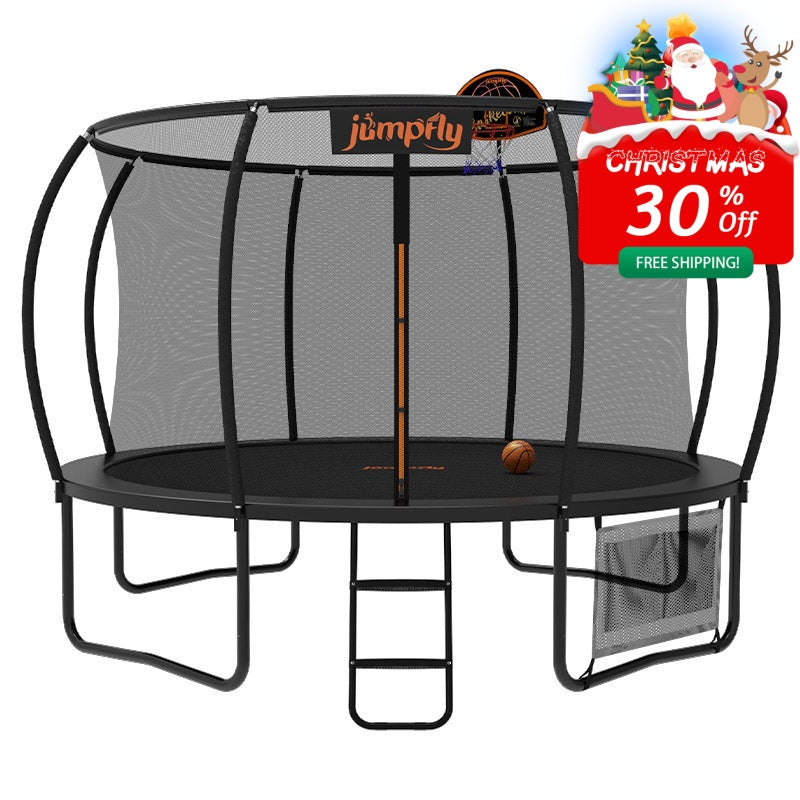
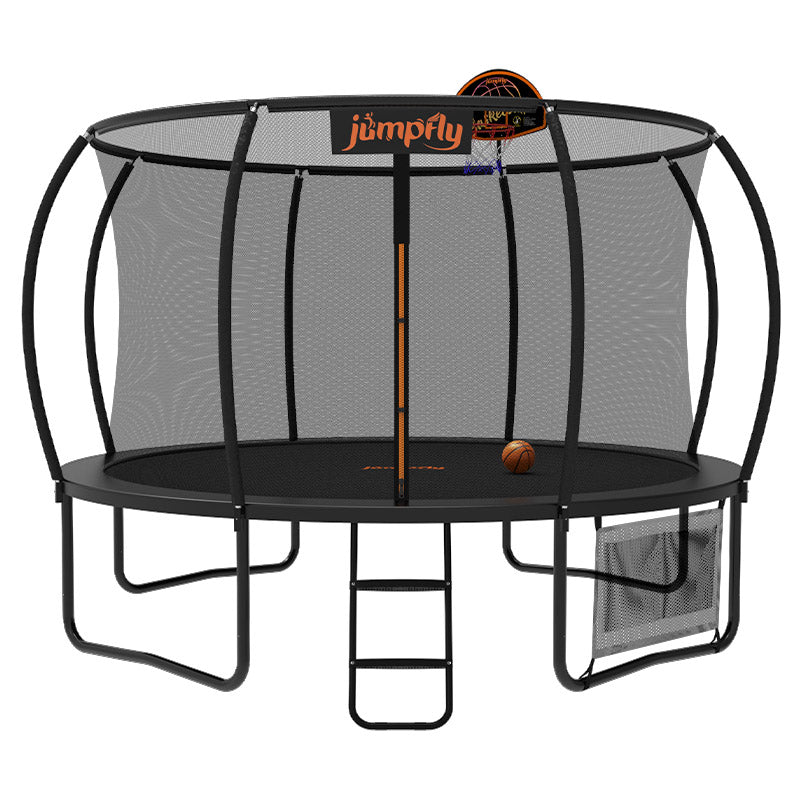
Leave a comment
All comments are moderated before being published.
This site is protected by hCaptcha and the hCaptcha Privacy Policy and Terms of Service apply.